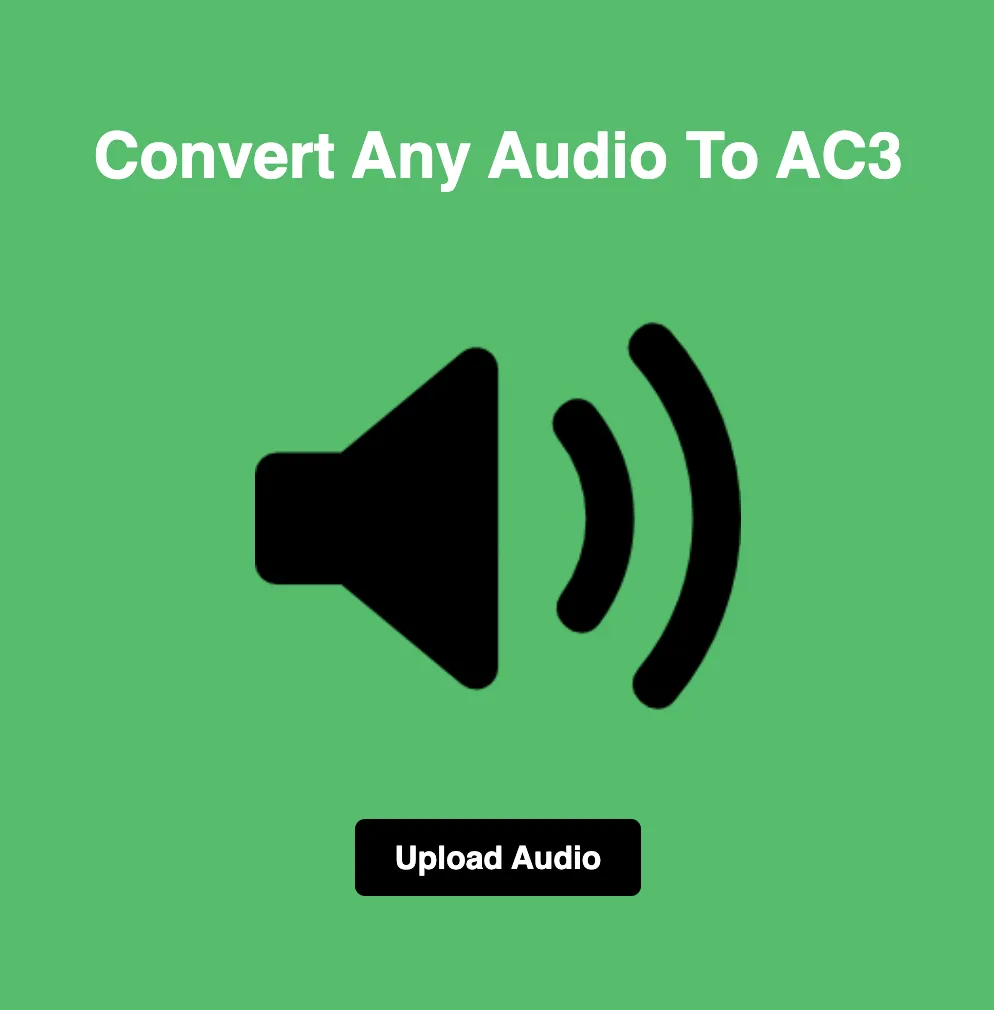
Audio-to-AC3 Conversion: Enhance Your Soundtracks with Loopytools
AC3 (Audio Codec 3) is a popular audio format known for its efficient compression and widespread compatibility, particularly in the realm of digital video. AC3 files are commonly used for DVD and Blu-ray disc audio tracks, as well as in digital television broadcasts. With Loopytools, converting audio files to AC3 format is a seamless process, allowing you to optimize your soundtracks for various multimedia applications. In this guide, we'll explore how to effortlessly convert audio files to AC3 format using Loopytools.
Streamlined Conversion Process:
Loopytools simplifies the audio-to-AC3 conversion process, providing users with a hassle-free experience. Here's a step-by-step overview:
Upload Your Audio File:
Begin by accessing the Loopytools website and navigating to the audio-to-audio conversion tool. Click the upload button to select the audio file you wish to convert to AC3 format. Alternatively, use the drag-and-drop feature for swift uploading.
Select AC3 as the Output Format:
In the conversion settings, choose AC3 as the desired output format for your audio file. Loopytools offers various options to customize the conversion settings, including bitrate and channel configuration, allowing you to tailor the output to your preferences.
Initiate Conversion:
Once you've selected the conversion settings, Loopytools automatically begins the conversion process. Leveraging advanced algorithms, Loopytools swiftly converts the audio file into AC3 format, ensuring optimal compression and sound quality.
Download the Converted File:
Upon completion of the conversion process, Loopytools provides users with a download link for the converted AC3 audio file. With a simple click, users can swiftly download the AC3 file, making it readily available for integration into multimedia projects or playback on compatible devices.
Benefits of Using Loopytools for Audio-to-AC3 Conversion:
Loopytools offers several advantages for converting audio files to AC3 format:
Efficient Compression:
AC3 format utilizes efficient compression techniques, allowing users to reduce file sizes without compromising audio quality. With Loopytools, you can optimize your audio files for storage and distribution while maintaining excellent sound fidelity.
Widespread Compatibility:
AC3 files are widely supported across various multimedia platforms and devices, making them an ideal choice for audio encoding in digital video content. Whether you're creating DVDs, Blu-ray discs, or digital television broadcasts, AC3 format ensures seamless compatibility.
Customization Options:
Loopytools provides users with customizable conversion settings, allowing them to adjust bitrate, channel configuration, and other parameters to suit their specific requirements. Whether you're optimizing audio for surround sound systems or stereo playback, Loopytools empowers you to tailor the conversion process to your needs.
User-Friendly Interface:
Loopytools features an intuitive interface designed to cater to users of all skill levels. Whether you're a professional audio engineer or a casual enthusiast, Loopytools provides a seamless and user-friendly experience for converting audio files to AC3 format.
Conclusion:
In conclusion, Loopytools offers a convenient and efficient solution for converting audio files to AC3 format. Whether you're a filmmaker, content creator, or multimedia enthusiast, Loopytools empowers you to enhance your soundtracks and optimize audio for various digital video applications. Give Loopytools a try today and experience the seamless audio-to-AC3 conversion firsthand!






